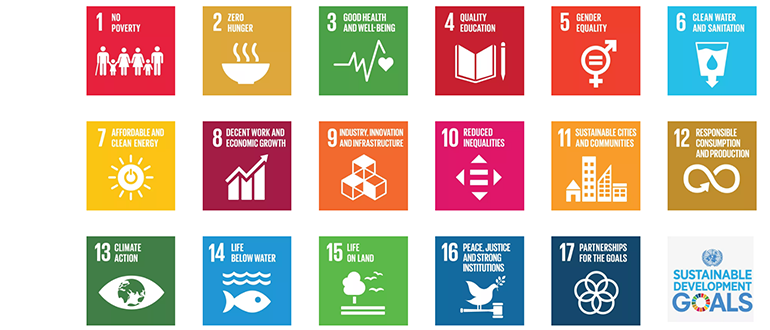Mohammed Badri
Master thesis - Environmental engineering - 2018
The thesis investigates the role of anthropogenic stocks in achieving the United Nations Sustainable Development Goals (SDGs) and ensuring human welfare. The anthropogenic stocks are categorized based on their physical mobility (mobile and non-mobile stocks).
By assigning the material stock to corresponding SDG indicators; a detailed mapping of linkages is created, with 307 linkages between indicators and stocks, 155 of which are direct and 152 are indirect linkages. These linkages covered 82 indicators (71 targets) out of 244 indicators.
43 of the linkages arose with the non-residential buildings followed by machinery & equipment’s then supply and disposal at 37 and 31 links respectfully. The energy infrastructure and waste services accounted for 12 linkages each, transportation infrastructure and virgin lands accounted for 6 links each. By mapping out the linkages; policy makers obtain sufficient information for devising robust plans for future coordination and implementation.
Furthermore, the thesis investigates the correlation between anthropogenic stocks and human wellbeing, by quantifying the material stocks used in daily activities. Through combining different stock types per single activity; some correlation arose between the stocks and welfare level. The golden ratio of Dwelling stocks is around 450 dwellings per thousand capita with 2 rooms per person. The optimum amount of passenger vehicles is around 500 cars per thousand capita. Other development indicators show low correlation to material stocks due to the role of other factors such as human or financial influences.
